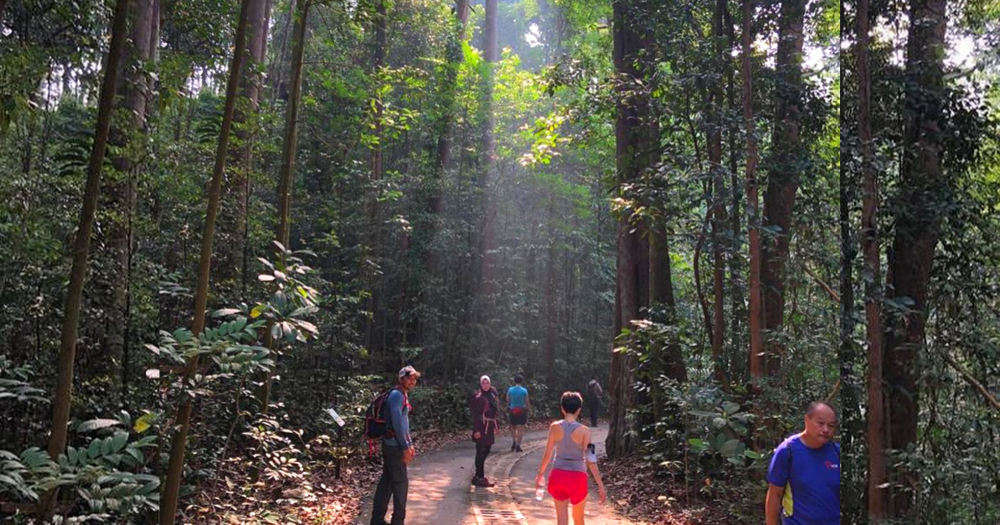As more and more forests are cleared in Singapore to make way for buildings, the small island has been gradually emitting more and more carbon into the atmosphere.
Emitted more carbon than it absorbed in 2014
The National Environment Agency (NEA) recently released a Biennial Update Report, which Singapore submits to the United Nations Framework Convention on Climate Change every two years as part of international climate change agreements.
In the report, a study by the National Parks Board (NParks) revealed that Singapore's land used to produce lesser carbon emissions, and that the most significant greenhouse gas emitted here is carbon dioxide.
Forests and other vegetation are carbon sinks—they absorb carbon emissions from the atmosphere.
Contrastingly, urban settlements produce carbon emissions, such as when fossil fuels are burned to generate energy.
In 2012, land in Singapore was a net carbon absorber (-239.23 Gg of CO2), which means that overall, more carbon was absorbed by forests as compared to the amount of carbon produced.
However two years later in 2014, land in Singapore became a net carbon emitter (53.64Gg of CO2), meaning that in total, more carbon was emitted than absorbed.
Forests help to mitigate climate change
Despite these findings, land use only constitutes a small proportion of Singapore's total carbon emissions—just 0.12 per cent.
Emissions from industries such as those in the energy sector, generate 38.49 per cent of the country's total emissions.
Nevertheless, forests and greenery play a key role in helping to mitigate climate change.
Associate Professor from National University of Singapore's department of biological science, Roman Carrasco, told The Straits Times that forests absorb carbon dioxide from the atmosphere, and thus reduce the amount of the planet-warming greenhouse gas.
Additionally, they also store the absorbed carbon in their trunk and roots and prevent it from being re-emitted into the atmosphere.
Carrasco also stated that conserving mature forests, such as those in our nature reserves, is much more effective at mitigating climate change as compared to cutting down forests and planting new trees.
Plans to conserve Singapore's remaining forests
The report also listed several climate change mitigation measures, such as shifting from fossil fuel to cleaner energy sources like solar, greening our buildings and encouraging more sustainable travel such as public transport.
It did not however, mention the conservation of nature spaces and forests.
Nevertheless, NParks has put in place measures and initiatives to protect the remaining forests, which act as Singapore's carbon sinks.
In January 2019, the agency unveiled a 10-year Forest Restoration Action Plan aiming to regenerate the forests in the Bukit Timah Nature Reserve and Central Catchment Nature Reserve, as well as in the nature parks buffering these reserves.
This will improve the forests' resilience and help them transition from secondary rainforests to mature rainforests over time.
Top photo from Fadilah Kamis / FB
If you like what you read, follow us on Facebook, Instagram, Twitter and Telegram to get the latest updates.
